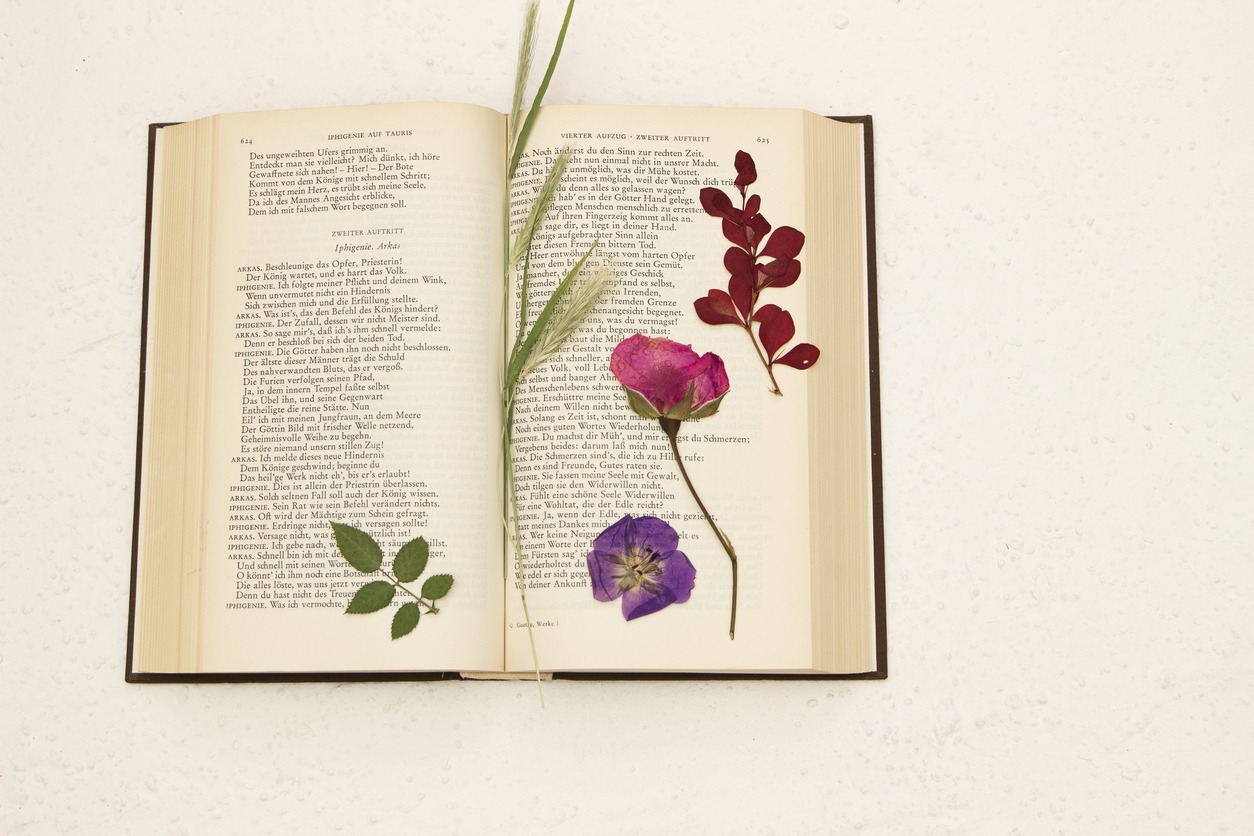Leaf collecting, as well as leaf rubbings and prints, can be a fun hobby. Plants with unusual leaves can be found in fields, forests, gardens, and even city streets. However, before you remove any leaves from a plant, make sure you get permission from the landowner. Taking leaves is prohibited in many parks and other public sites. Remove simply a few big leaves when collecting them. Always choose a whole leaf, including the petiole.
The petiole of most leaves will easily separate from the stem. Remember to retain all of the leaflets attached to the long petiole when harvesting complex leaves. When collecting tiny leaves, you may need to chop a twig in half. Maintain the twig’s leaves and treat the cutting as if it were a single leaf. This is how you should always collect the tiny needle leaves of firs, pines, and spruces.
Leaf Collecting and Pressing Details
Read More About This Hobby| Category: Collection, Crafts, Nature, Outdoors, Traveling | Time: 30-60 min | Skill: Little |
| Initial Cost: $$ (51-100) | Space: some | People: alone |
| Long-Term Cost: Low | Makes Money: Can, but not always | Location: indoor, outdoor |
Who pursues this hobby?

Collecting leaves and collecting them in scrapbooks and nature diaries is a great hobby for families to do together. It serves as a recall of memorable hikes, camping excursions, or park walks. Even with all of today’s internet tree leaf identification resources, nothing beats using a natural, preserved leaf to help you identify different types of trees and plants. Alternatively, you can chart how rainy and hot the spring and summer were and note the influence on the trees’ leaf colors in your garden, documenting varied colorings on the same trees from year to year.
Starting leaves collection
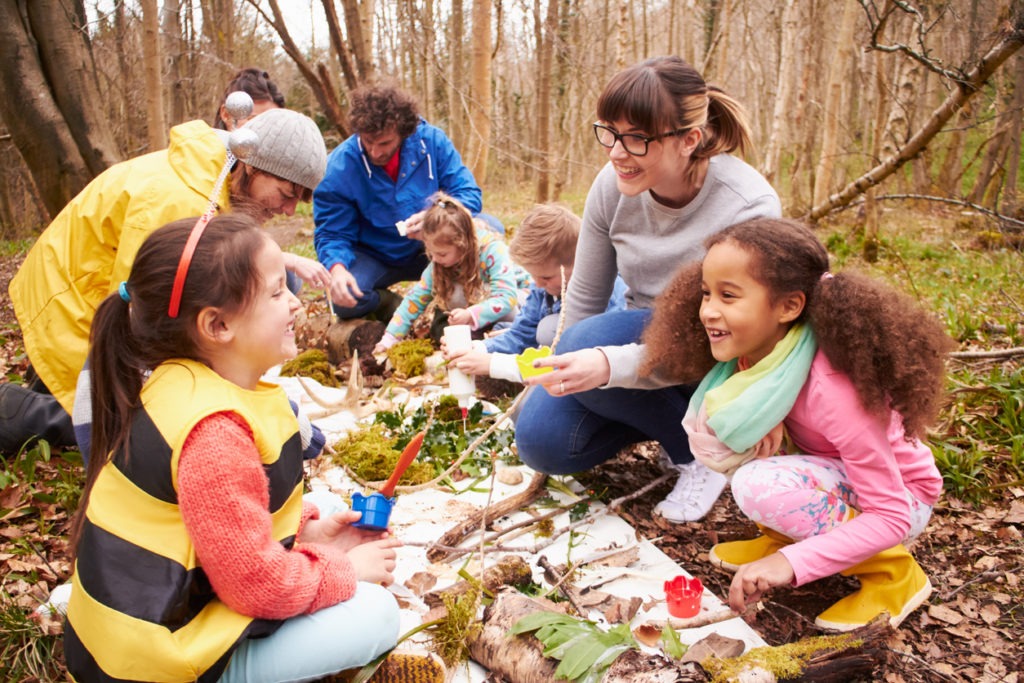
Avoid leaves that have been damaged by insects, illness, or the environment while picking leaves for your collection. Choose leaves that are similar in size and form to most of the tree’s leaves. Ascertain that the entire leaf is collected.
Keep in mind that primary leaves only have one blade or leaflet. Compound leaves have a large number of leaflets. These two leaf properties must be understood. If you need more information on tree leaf and twig architecture, please examine parts of a tree. In a good leaf collection, the entire leaf should be linked to a small amount of the twig with a terminal or lateral bud.
Before being placed in a leaf press, the collected leaves should be handled carefully. Place leaf specimens between the pages of a magazine to protect them while collecting in the field. All leaf specimens should be removed from the temporary magazine press and placed in a leaf press as soon as feasible. Each leaf name should have been identified and noted, and these names should accompany the specimen until it is shown.
How to start preserving leaves
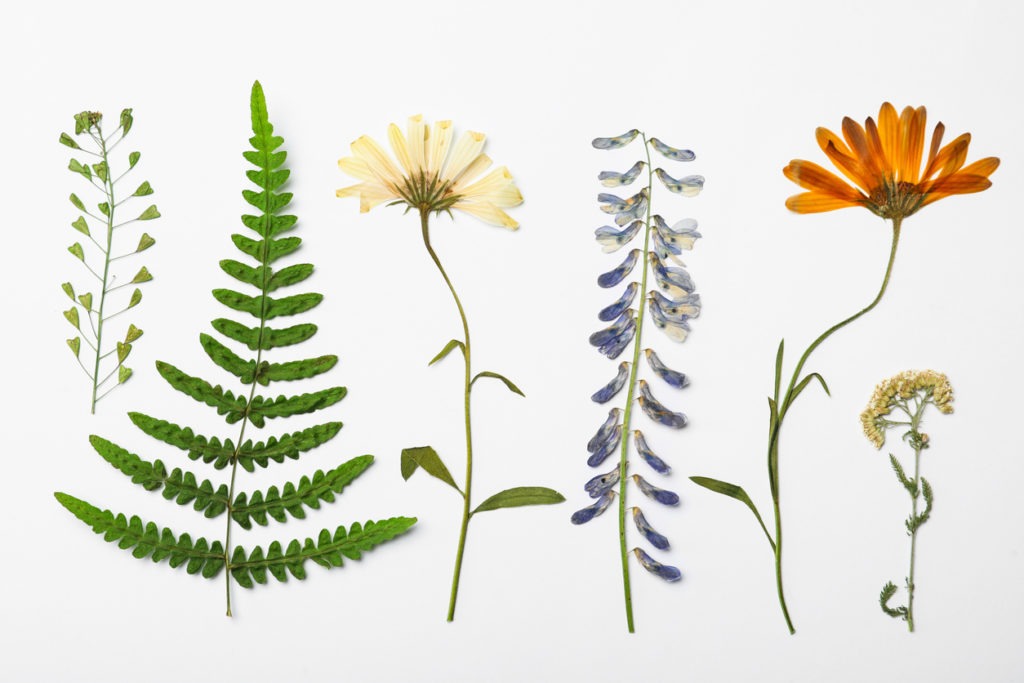
Plant pressing is as simple as it sounds. A costly leaf press isn’t even required. You might want one if you plan to perform a lot of pressing. They’re helpful tools, but they’re not necessary for the procedure. Select the plants, leaves, or flowers to press first. You can use almost any flower, although some work better than others. Blues, pinks, and purples fade the fastest, while yellow and orange blossoms last the longest. Brownish blooms turn red.
A final drying and preserving phase, which can take up to six weeks, is required before leaves are ready for collecting. A leaf press is a perfect tool for the job. The press keeps the color and shape of the leaf and keeps moisture at bay, preventing mold and spoiling.
Depending on the size and moisture content of the leaf, you’ll need at least three to five days to “press” it. As the crucial period is extended, the leaf displays get more appealing.
Preparing to exhibit the leaves
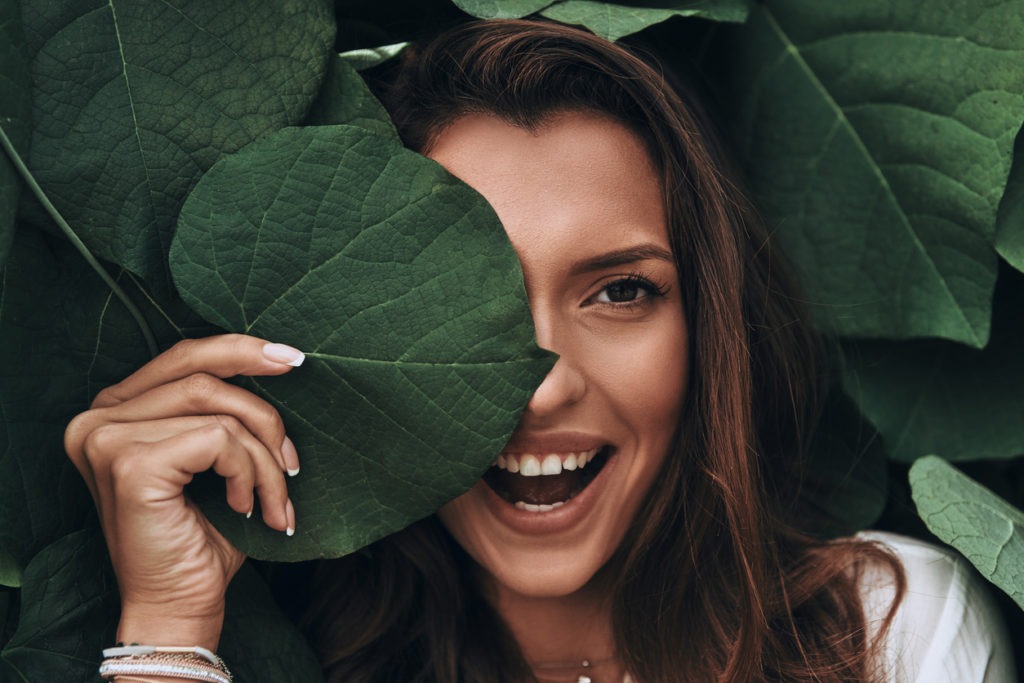
These dried leaves are fragile and won’t hold up to repeated handling or complex treatment. Keep the leaves in the press until the show board is ready to be mounted (if that is what you are using). A clear plastic or acrylic spray finish can be applied to the leaves to retain their beauty while also adding strength.
To do so, first:
- Place the leaves flat on newspaper or ‘butcher paper.’
- Apply a thin application of the spray to the leaf surface.
- Allow for complete drying between applications and before handling.
- Turn the leaves over and spray the undersides with a thin acrylic spray coat.
- Only handle sprayed leaves until they have completely dried.
Place each leaf on a separate sheet of poster board or art paper, or mount the complete collection on a display board (all cut to a size that will hold the largest leaf). Apply several droplets of clear-drying glue on the back of the leaf before placing it on the mounting surface and weighting it until it is dry. Finish by adding an appealing label to each leaf.
Since the equipment is heavy and time-consuming, pressing leaves with wax paper is a simple alternative to creating and utilizing a plywood leaf press. Wax paper captures some color, highlights the structure of a leaf, and keeps the process manageable in terms of time and supplies.
Exhibiting pressed leaves
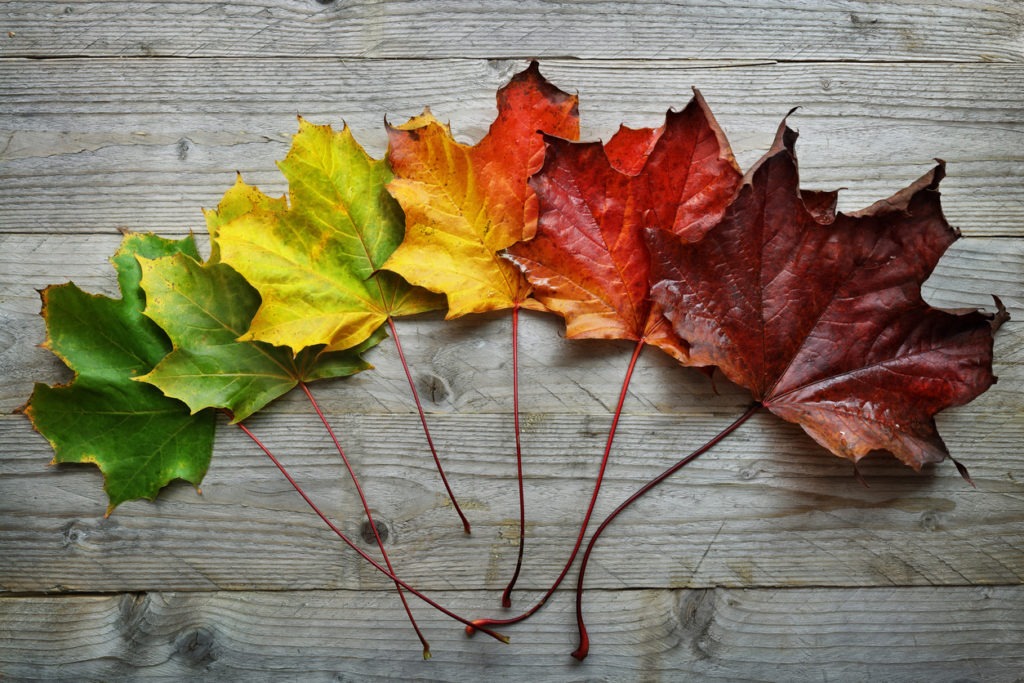
It would be best to have attractive pressed plants that are dry and preserved after around ten to two weeks. Handle them care because they are delicate, but you may use them in any craft project. Arrange behind glass in a frame for a display, decorate a picture frame, set in wax when making candles, and laminate to make bookmarks.
Pressed flowers can also be used on just about any surface with epoxy for a long-lasting craft or art project.
Benefits of leaf collecting and pressing
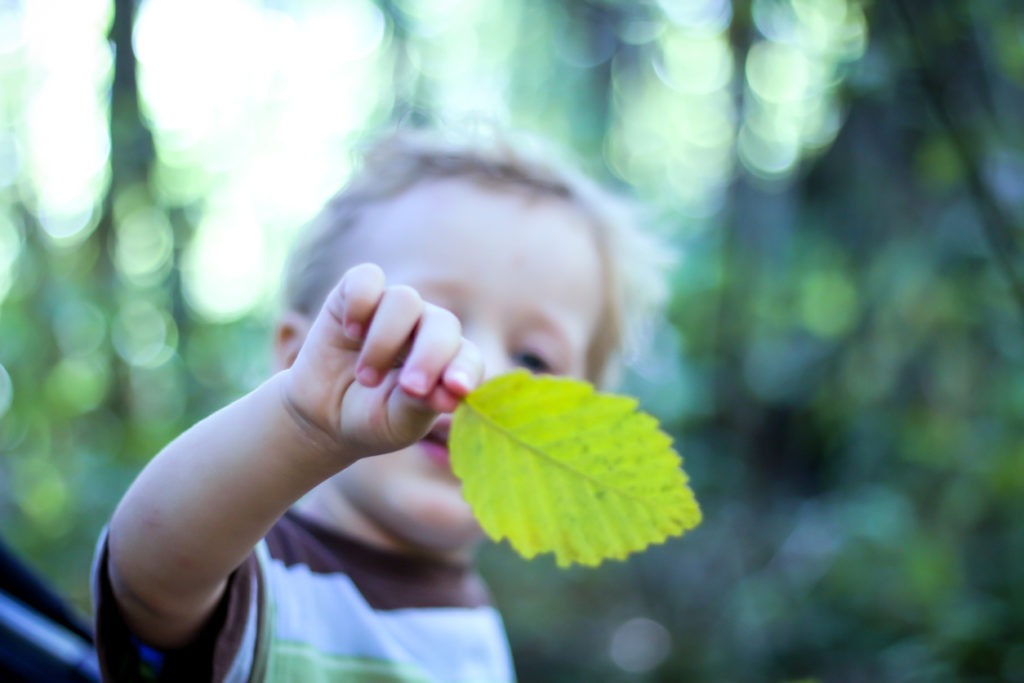
There are numerous sensory benefits in pursuing leaf collecting and pressing.
- The tactile sense controls the feeling of touch. It helps you to feel texture, pressure, temperature, and pain. It helps you perceive your surroundings using your hands, feet, skin, and entire bodies. The touch system interprets everything.
- The vestibular sense is in charge of movement perception. It lets people, particularly youngsters, feel safe, understand their environment, and move around safely.
- The visual sense is responsible for not just our vision but also for size discrimination, object location, and importance determination.
These are just a few of the numerous advantages of gathering and pressing leaves. This activity provides opportunities for leaf identification, patience, creativity, and tactile, vestibular, and proprioceptive sensory benefits.
Cost of leaf collecting and pressing
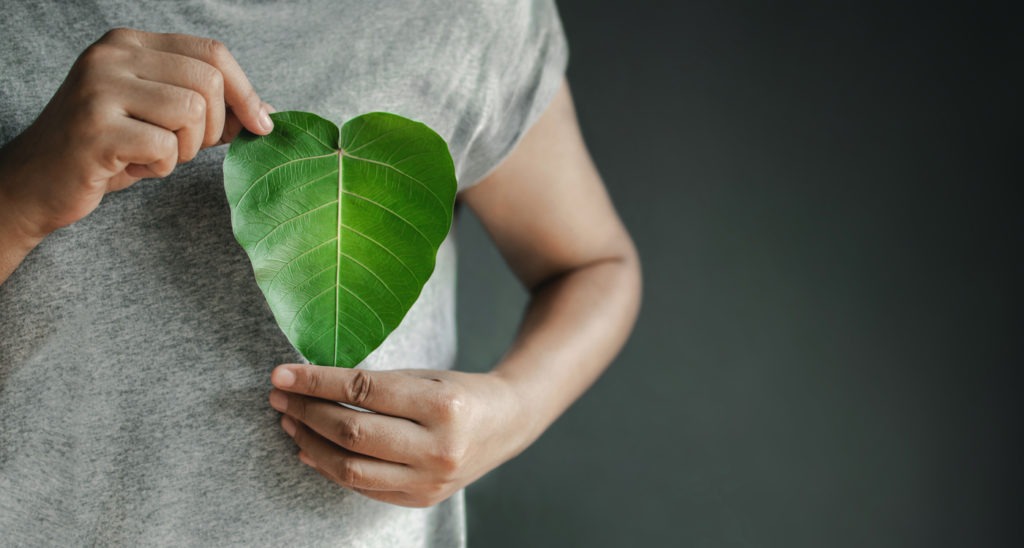
Collecting and pressing leaves is a simple and inexpensive hobby. If you want your efforts to yield something acceptable to you, you must follow the appropriate technique. A leaf exhibit may even represent the individual who created it concerning worries and views. A beautiful show starts with a proper collection and the use of a suitable press for a thorough drying procedure.
Conclusion
Pressing leaves, flowers, and even entire plants is an age-old skill and craft. For centuries or longer, people have done this to preserve specimens for research or medicine, offer gifts, and utilize them in the arts. The majority of people who engage in leaf and foliage pressing today do so to preserve the beauty of spring, summer, and fall. These charming pressed plants bring a little light into your home throughout the year.
